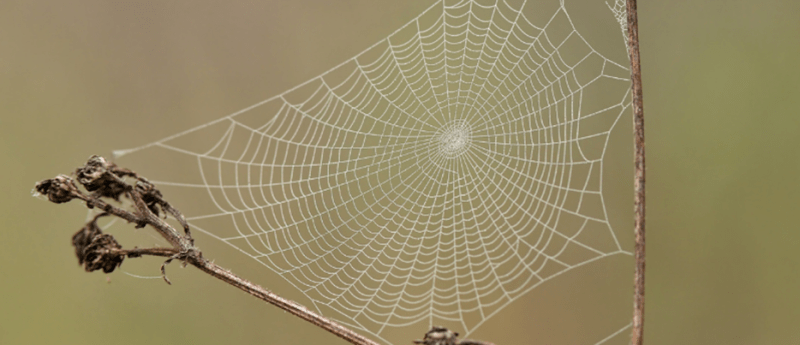Taking inspiration from spider silk for cancer drug discovery

With the help of spider silk, researchers have developed a strategy for harnessing a protein with the power of cancer suppression.
In the late 70s, David Lane was part of a team that discovered the p53 protein, which recognizes DNA damage in cells and blocks the cells from becoming cancerous. Nearly 50 years later, he is now working in a team at the Karolinska Institute (Solna, Sweden) that is working on harnessing this protein to create an mRNA-based cancer vaccine, using spider silk…
P53 is activated when DNA damage occurs in a cell, in order to prevent the tumor from developing by initiating DNA repair or causing cell apoptosis. Nearly half of all tumor cells have mutations in the p53 gene that prevent p53 from being activated likely leading to the development of a tumor.
Due to the cancer-suppressing abilities of the p53 protein, researchers have been focused on developing the protein for therapeutic use for a while now. However, there is a critical challenge delaying translation of p53 into a successful therapeutic intervention, as author Michael Landreh explains, “the problem is that cells only make small amounts of p53 and then quickly break it down as it is a very large and disordered protein”.
 Laser accelerated proton therapy, quickening the pulse of cancer treatment?
Laser accelerated proton therapy, quickening the pulse of cancer treatment?
After 15 years of developing a high-intensity laser for proton therapy, researchers have now achieved this tumor irradiation milestone.
Knowing that the stability of the protein was a barrier to advancement, the researchers turned to an unlikely source for inspiration. With millions of years of evolutionary improvements behind it, spider silk is “one of nature’s strongest polymers,” and the researchers decided to attach a portion of synthetic spider silk onto the end of human p53 protein to create stability in the protein.
The group was able to show the new stability of the protein using electron microscopy, computer simulations and mass spectrometry. Furthermore, when they implanted the protein into cells, the reaction was promising, with an uptick in the production of p53. With a more stable version of the protein available, researchers look forward to a better understanding of the mechanisms at play and human tolerance of the p53 stabilized with spider silk. “We eventually hope to develop an mRNA-based cancer vaccine, but before we do so, we need to know how the protein is handled in the cells and if large amounts of it can be toxic,” commented David.
The results from the study are encouraging and with the help of some eight-legged friends, we may be able to develop therapeutics based upon the powerful cancer-suppressing abilities of the infamous protein otherwise known as “the guardian of the genome”.